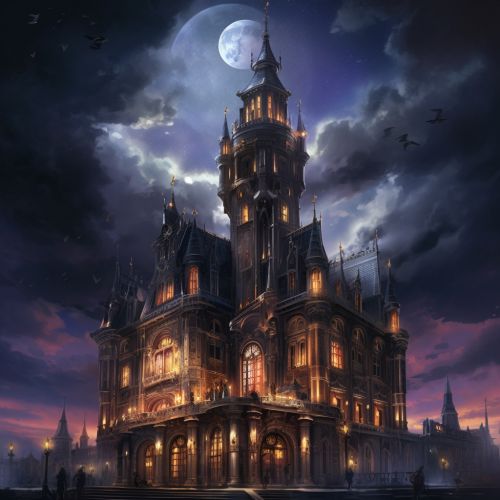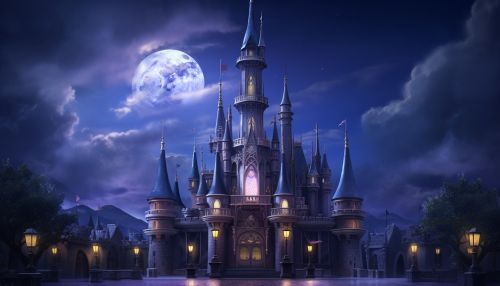Nordic Museum
Overview
The Nordic Museum is a museum dedicated to the cultural history and ethnography of Sweden from the Early Modern age (which, for purposes of Swedish history, is said to begin in 1520) until the contemporary period. The museum was founded in the late 19th century by Artur Hazelius, who also founded the open-air museum Skansen, long before the Nordic Museum was completed.


History
The Nordic Museum was established by Artur Hazelius, who had previously founded the open-air museum Skansen. The foundation for the Nordic Museum was laid on Midsummer's Day in 1873, and the museum was officially opened on 24 February 1880. The museum was initially located in the Royal Djurgården area of Stockholm, but was moved to its current location in 1907.
Architecture
The Nordic Museum building is one of the most prominent structures in the city of Stockholm. It was designed by architect Isak Gustaf Clason and is a prime example of the National Romantic style of architecture. The building is rectangular in shape, with a large central hall and two wings. The exterior is made of brick and granite, and the roof is covered with copper. The central hall is dominated by a large statue of King Gustav Vasa, the founder of modern Sweden.
Collections
The Nordic Museum's collections comprise over one and a half million items, including furniture, clothing, toys, folk art, textiles, and photographs, among other things. The collections are divided into several departments, each focusing on a specific aspect of Swedish cultural history. These include the Department of Furniture and Decorative Arts, the Department of Clothing and Textiles, the Department of Folk Art, the Department of Photography, and the Department of Toys and Games.
Exhibitions
The Nordic Museum hosts a variety of exhibitions, both permanent and temporary. The permanent exhibitions focus on different aspects of Swedish cultural history, such as the history of Swedish fashion, the history of Swedish interior design, and the history of Swedish folk art. The temporary exhibitions often focus on contemporary issues or special themes, and are usually accompanied by a range of educational activities and events.
Educational Programs
The Nordic Museum offers a wide range of educational programs for visitors of all ages. These include guided tours, workshops, lectures, and special events. The museum also offers educational resources for teachers and students, including lesson plans and educational materials.
